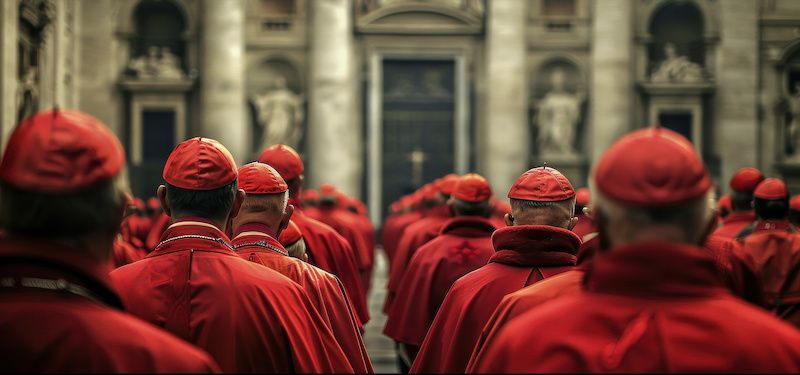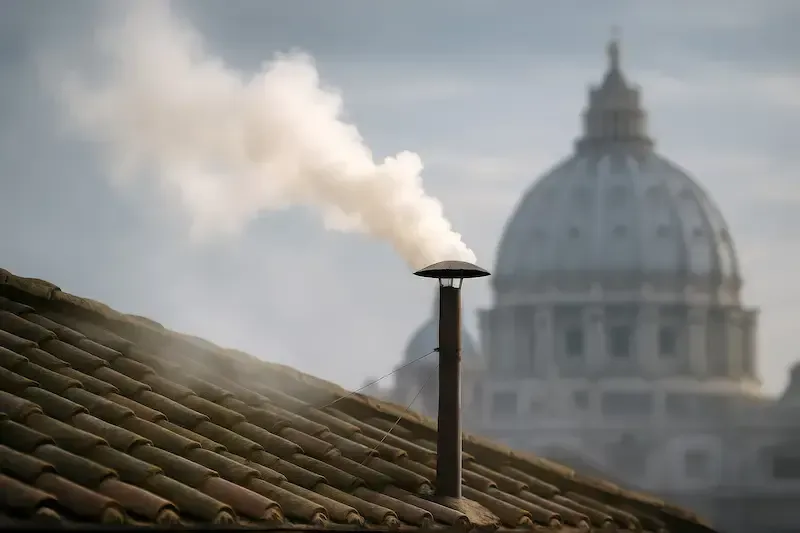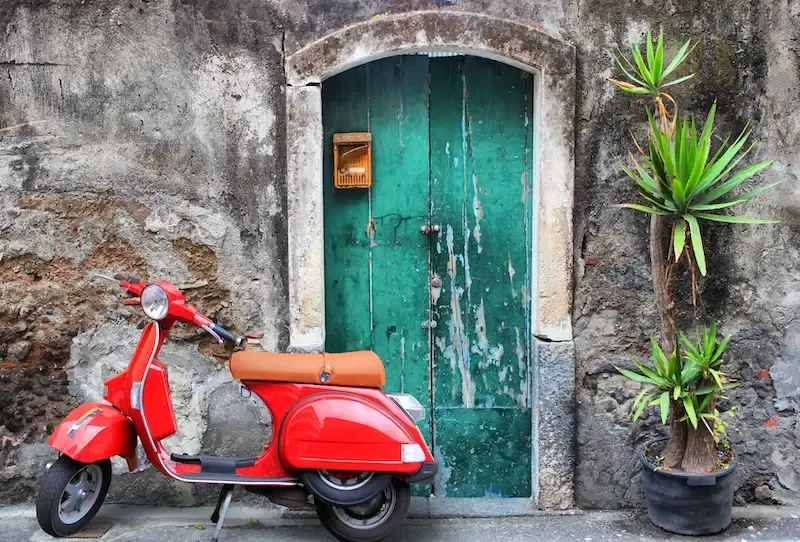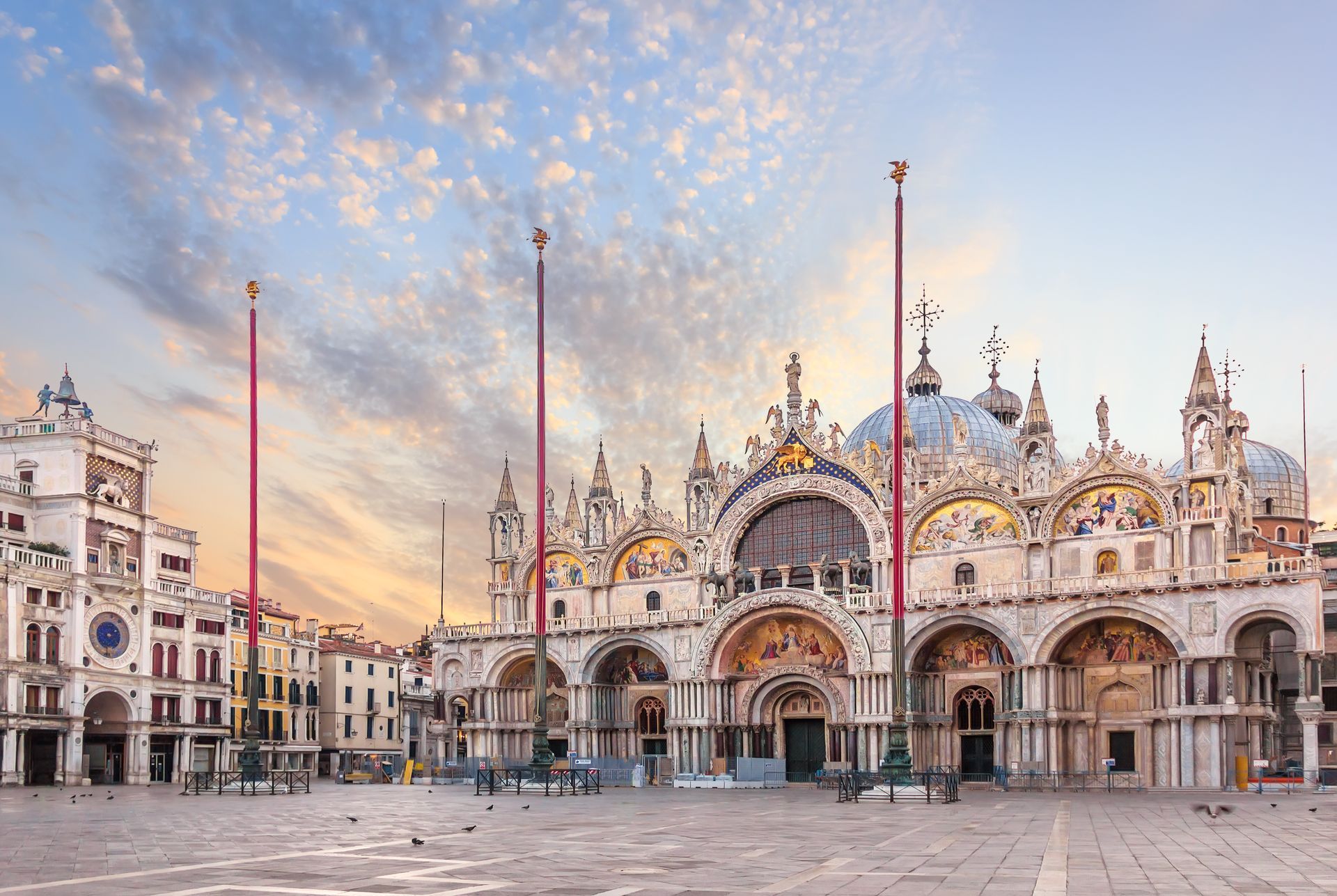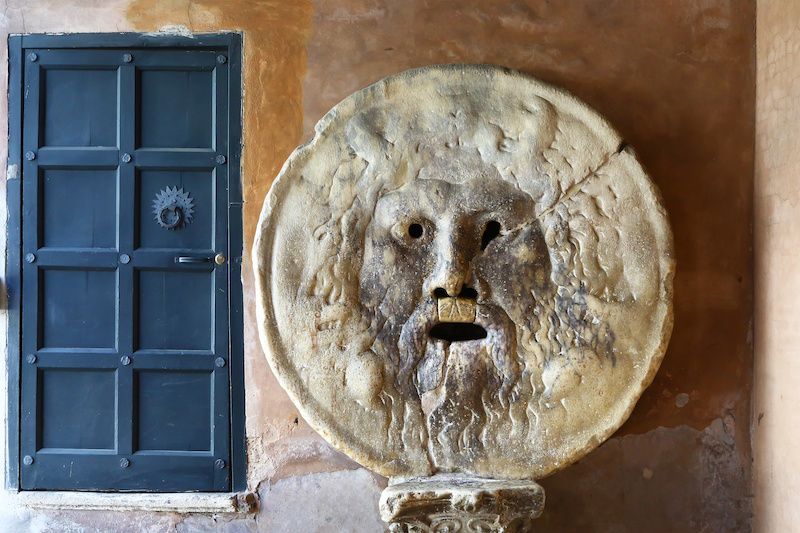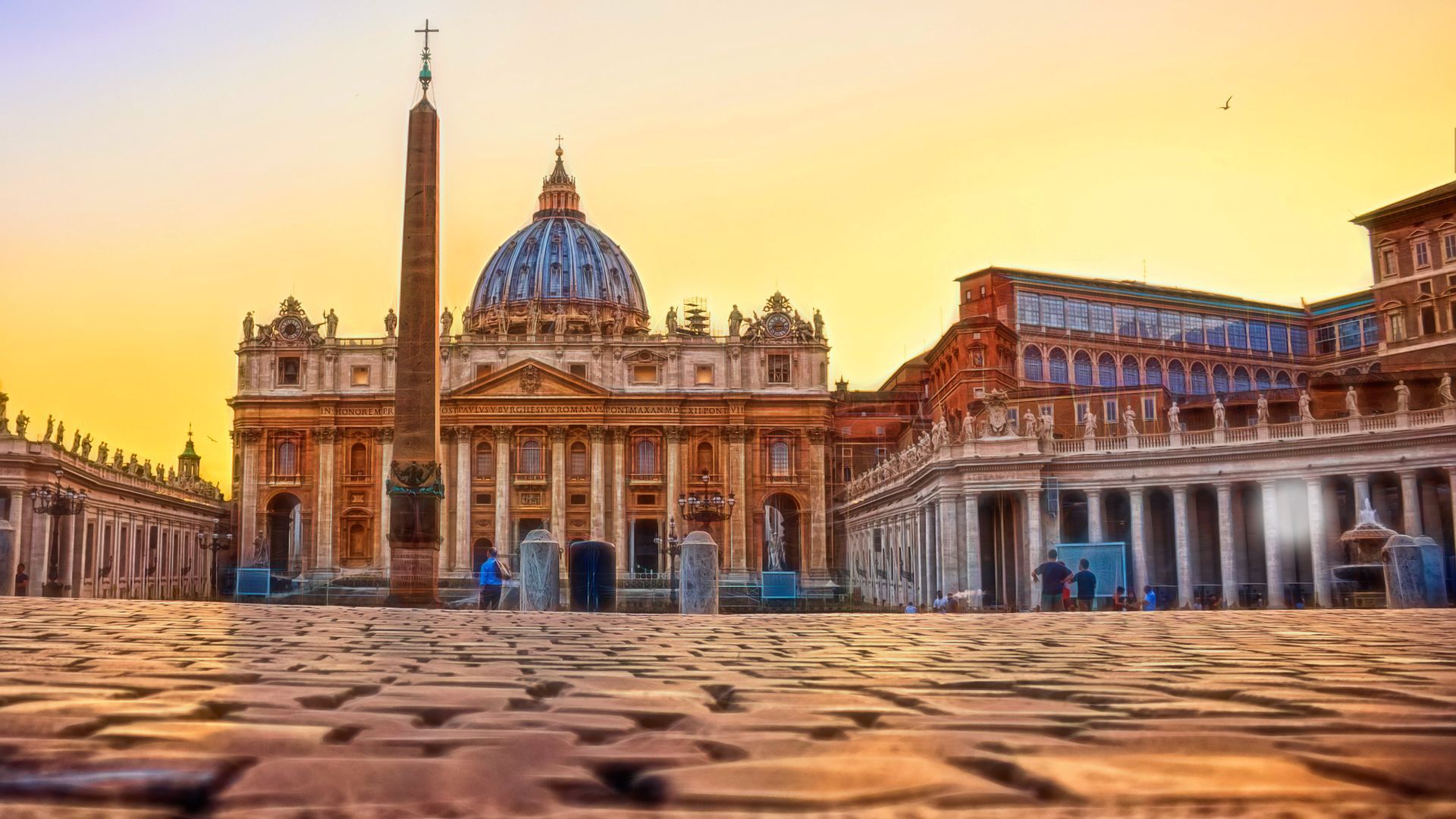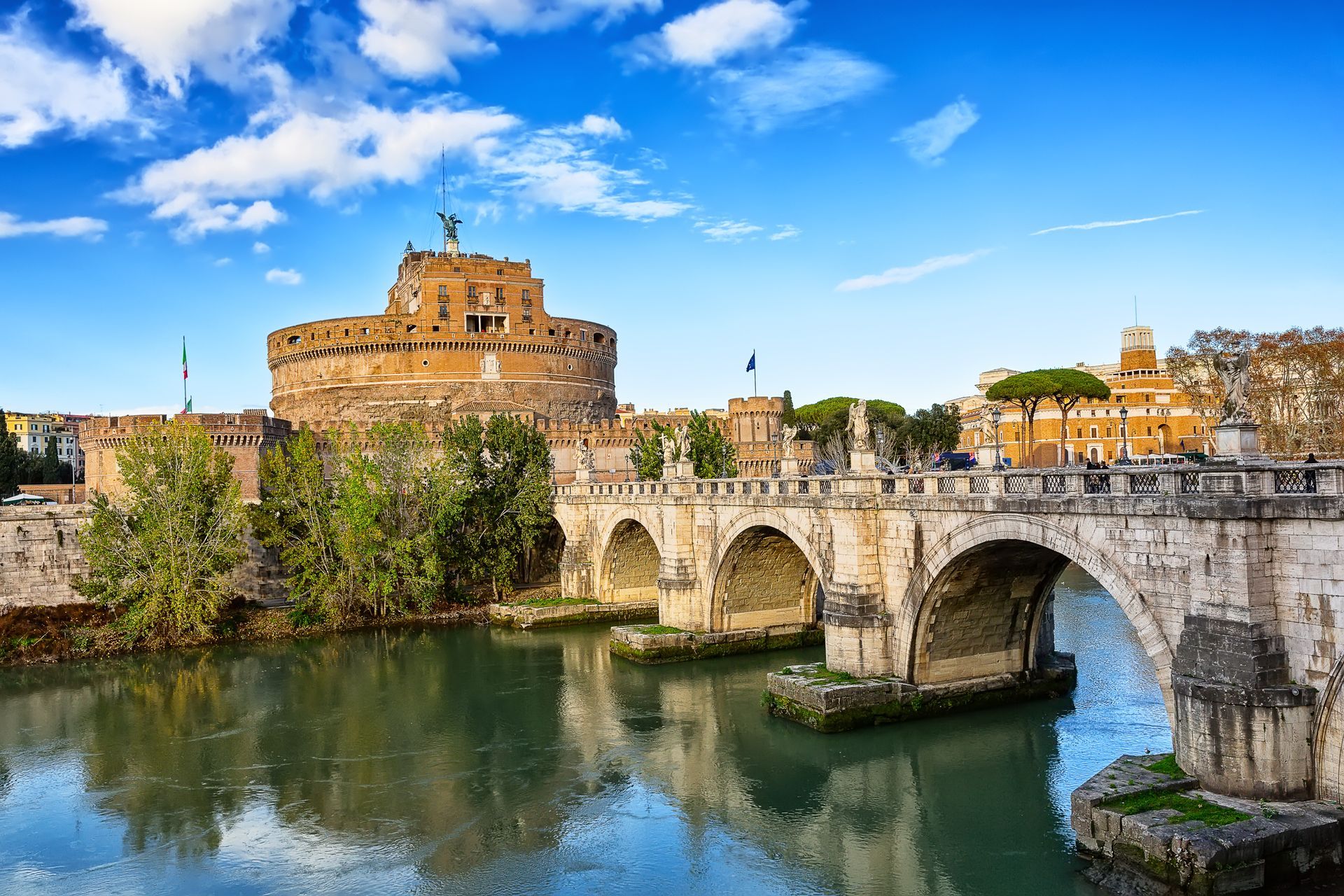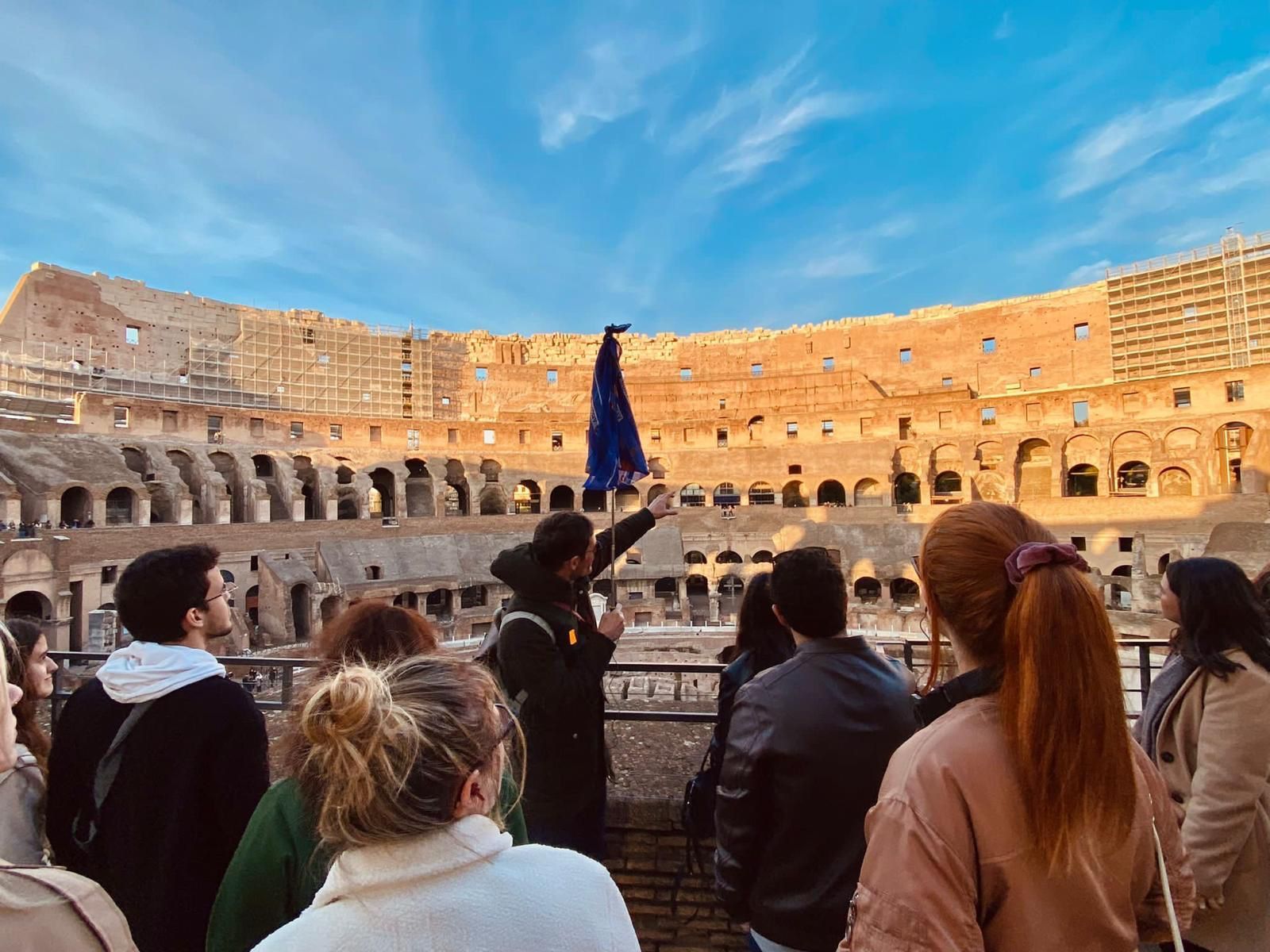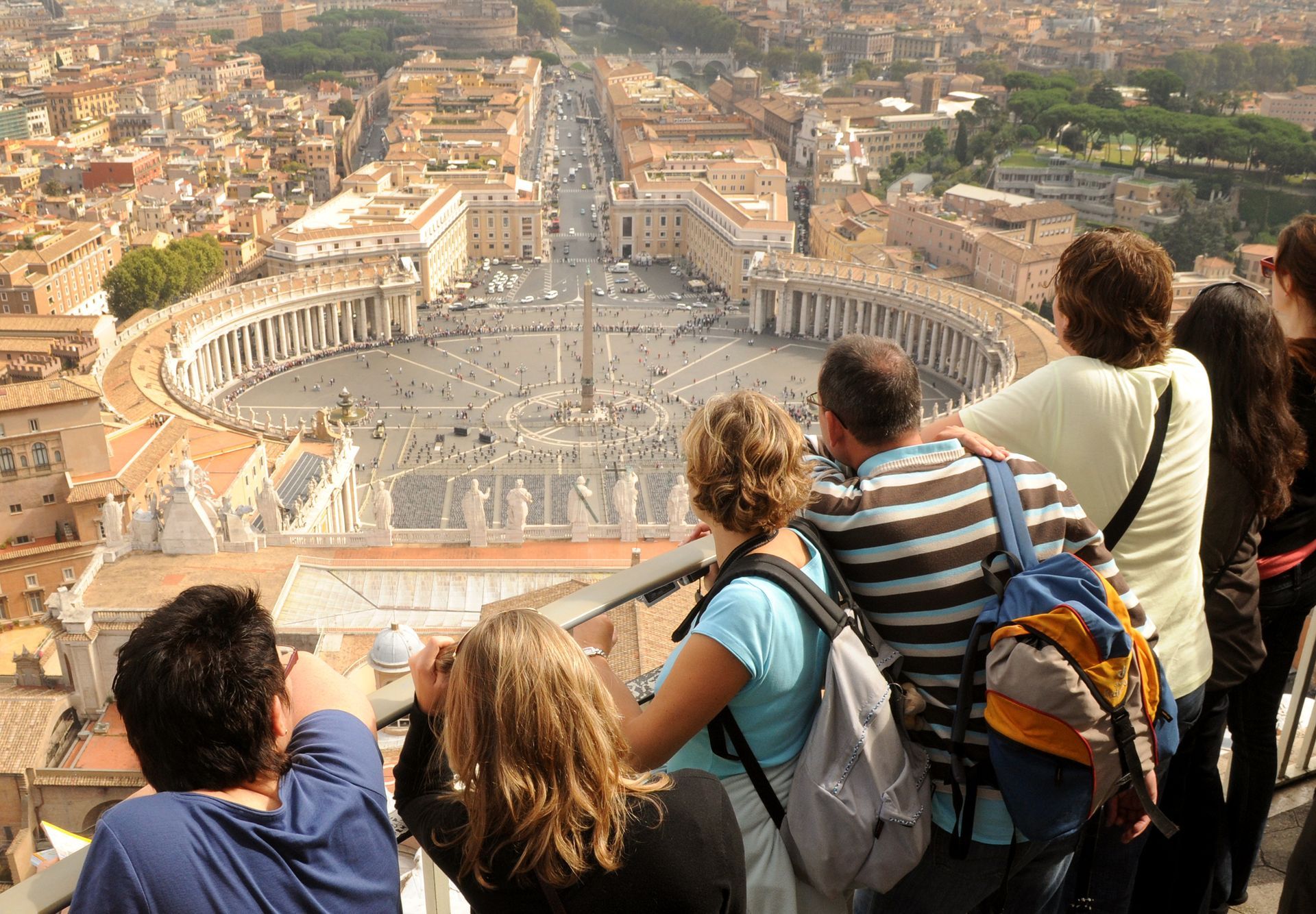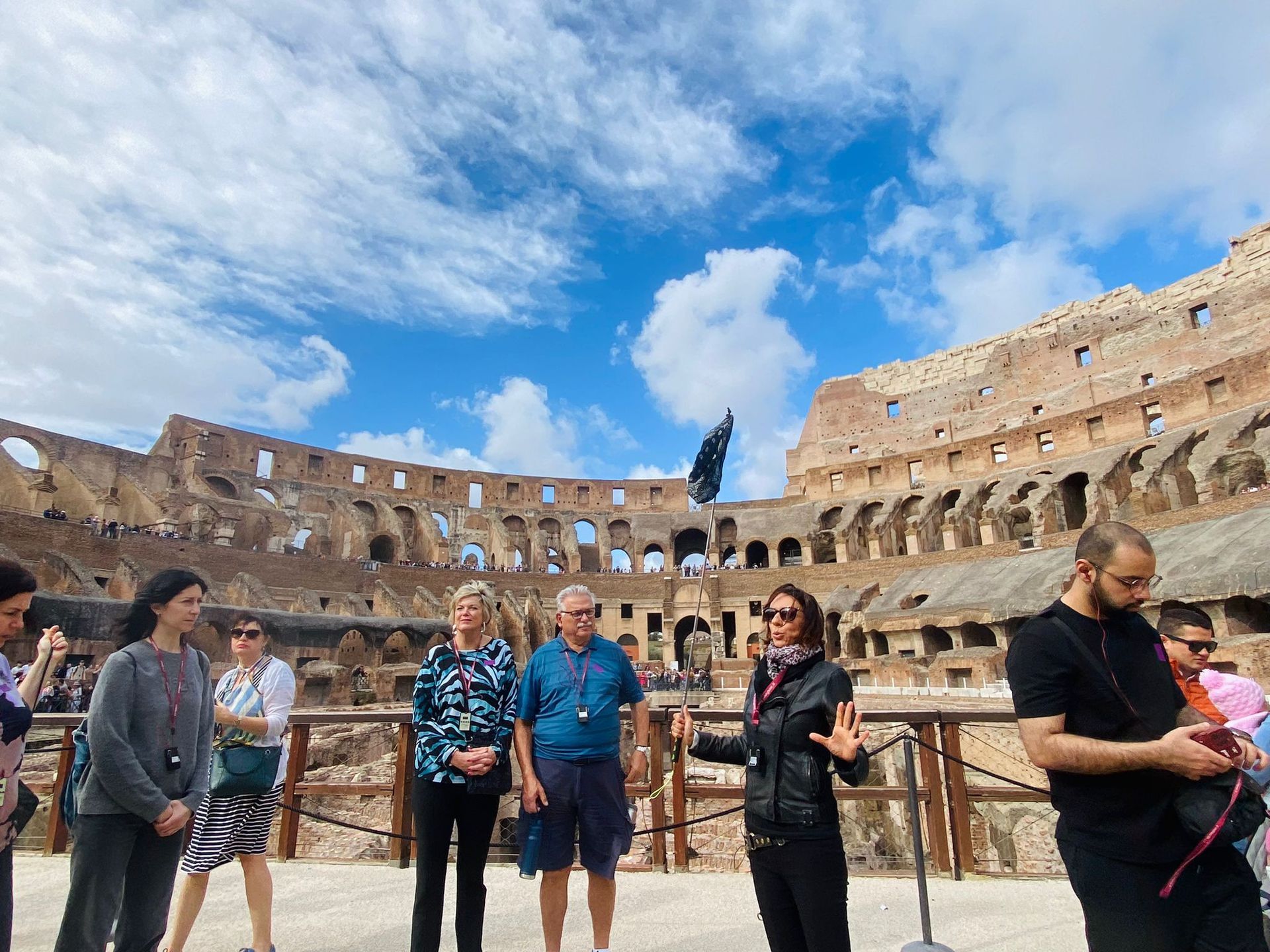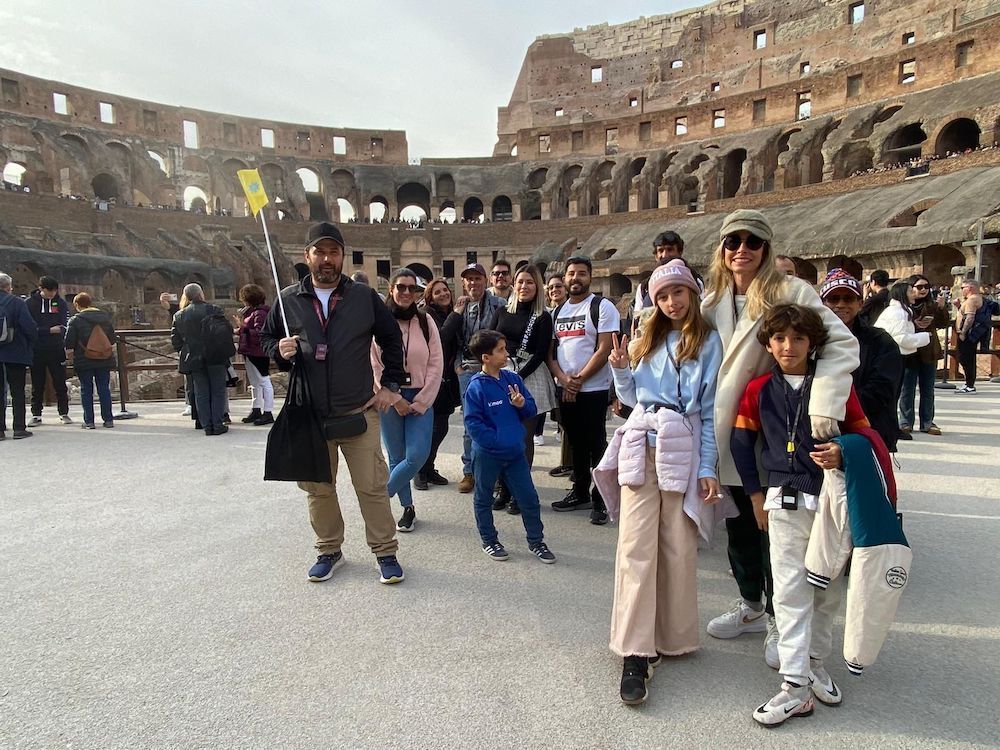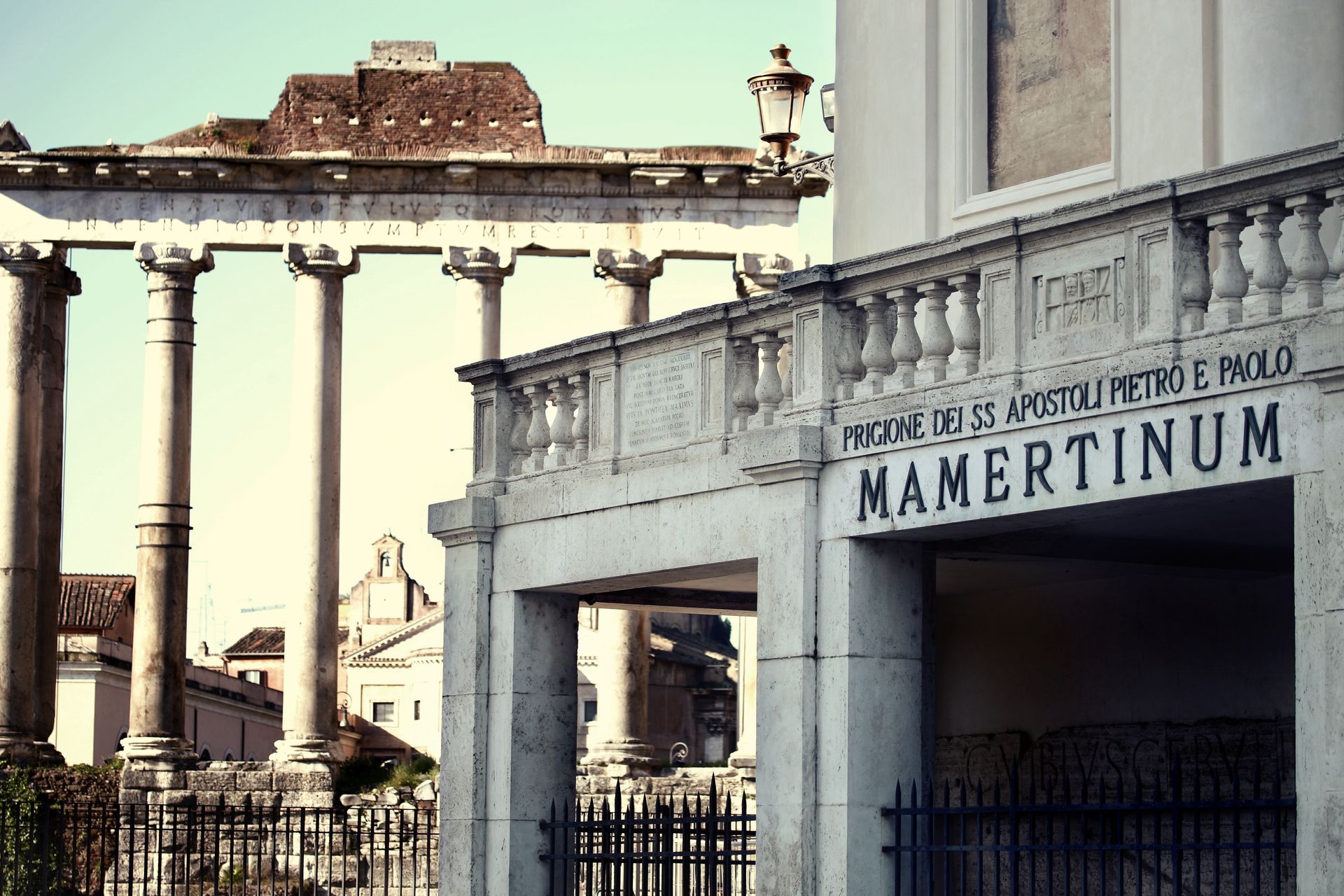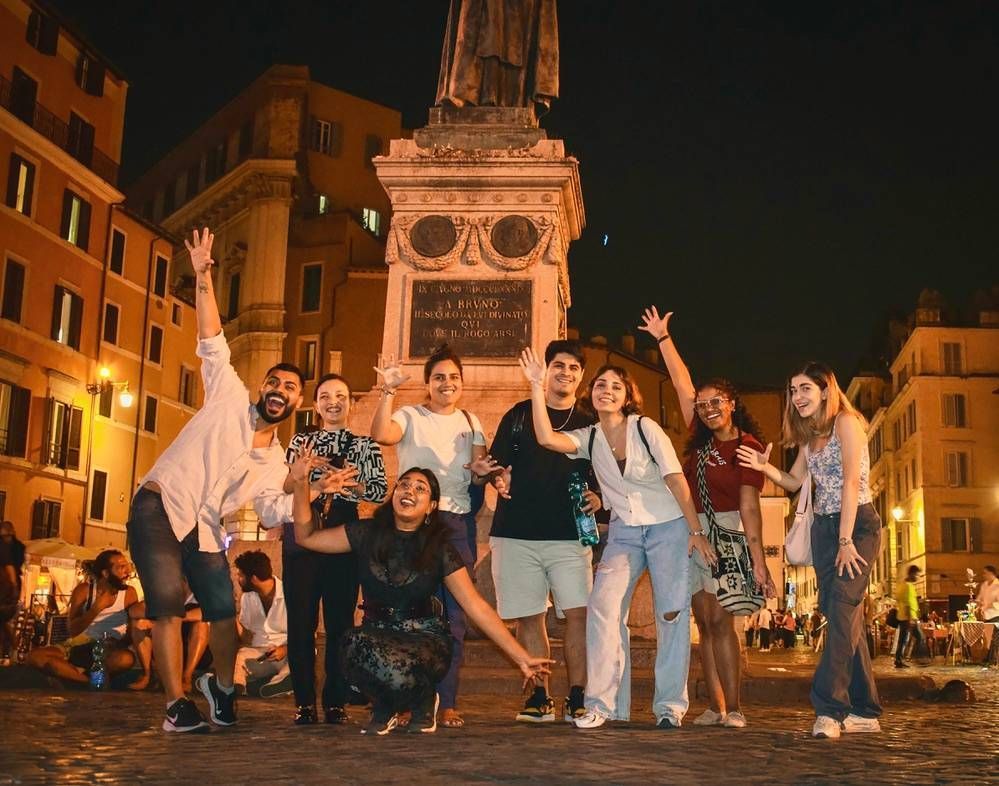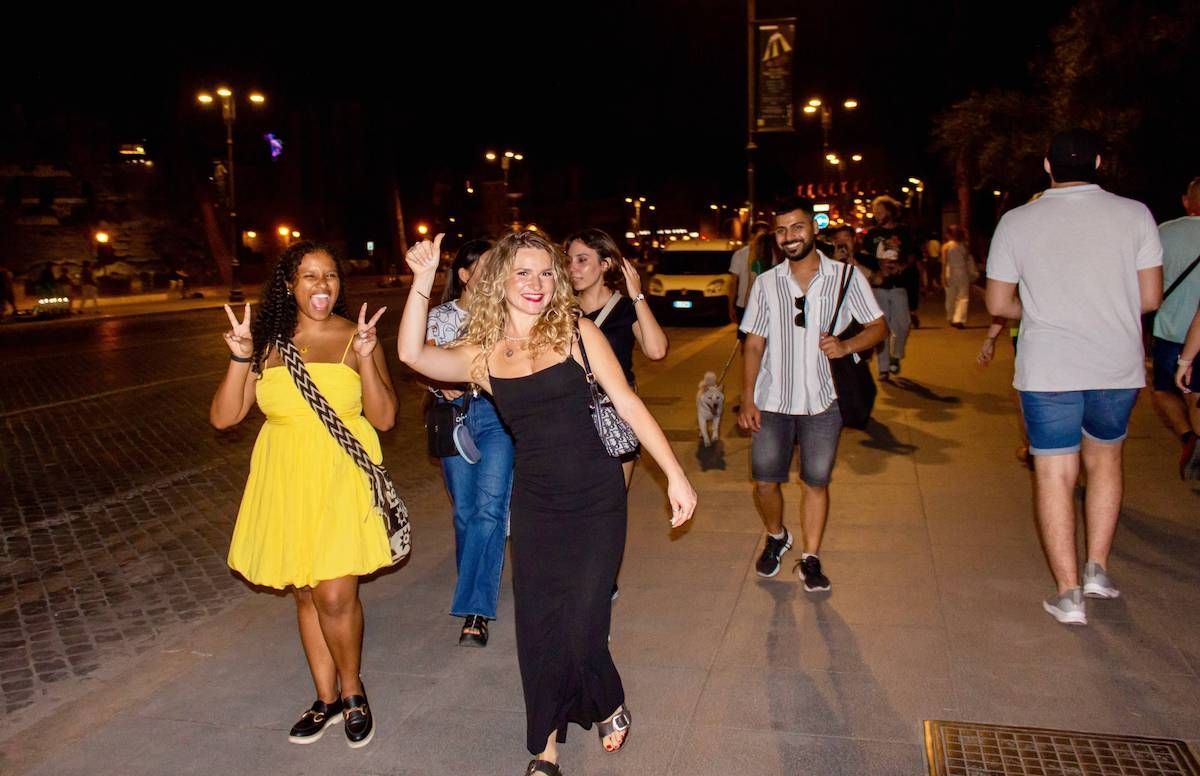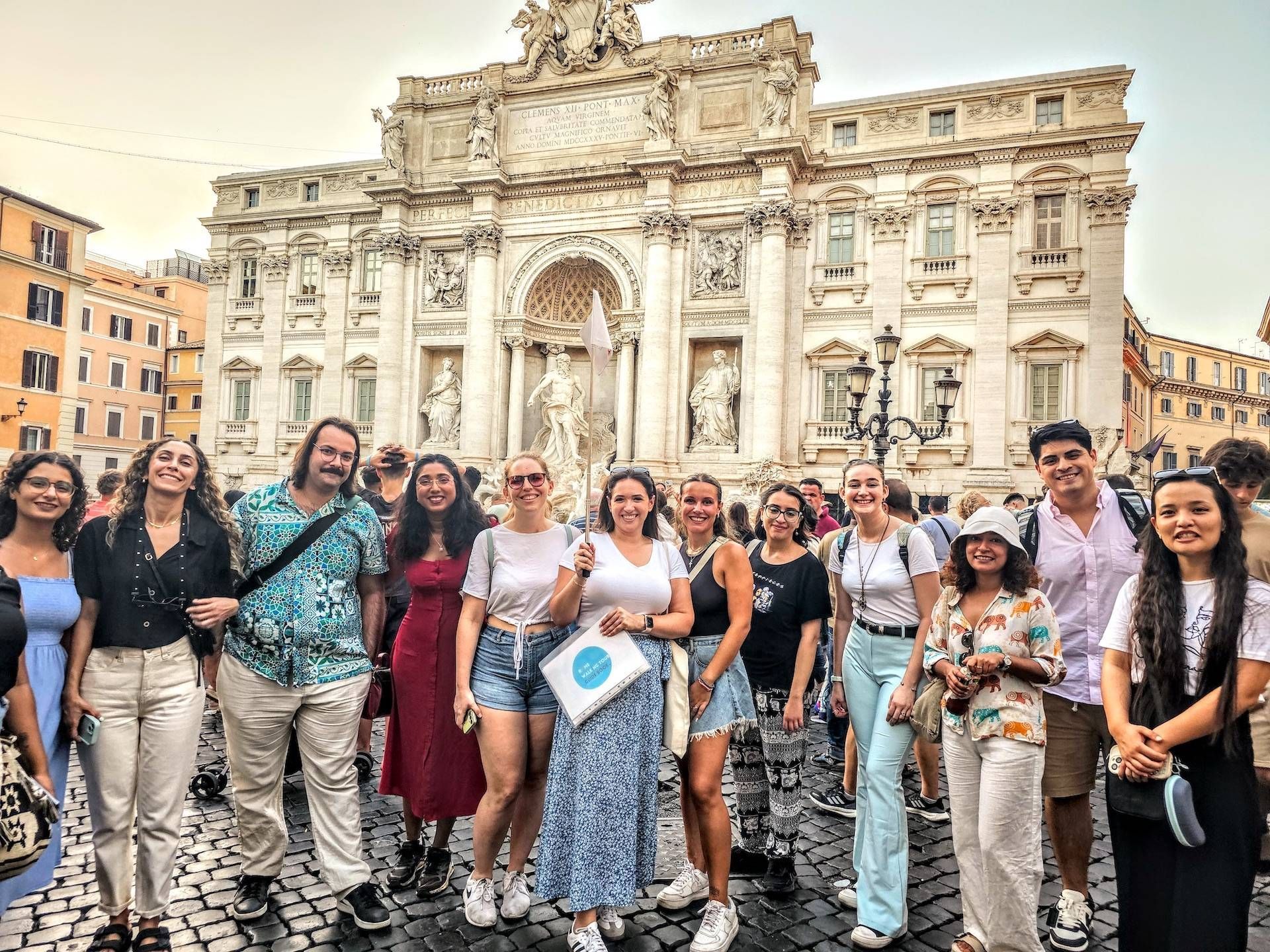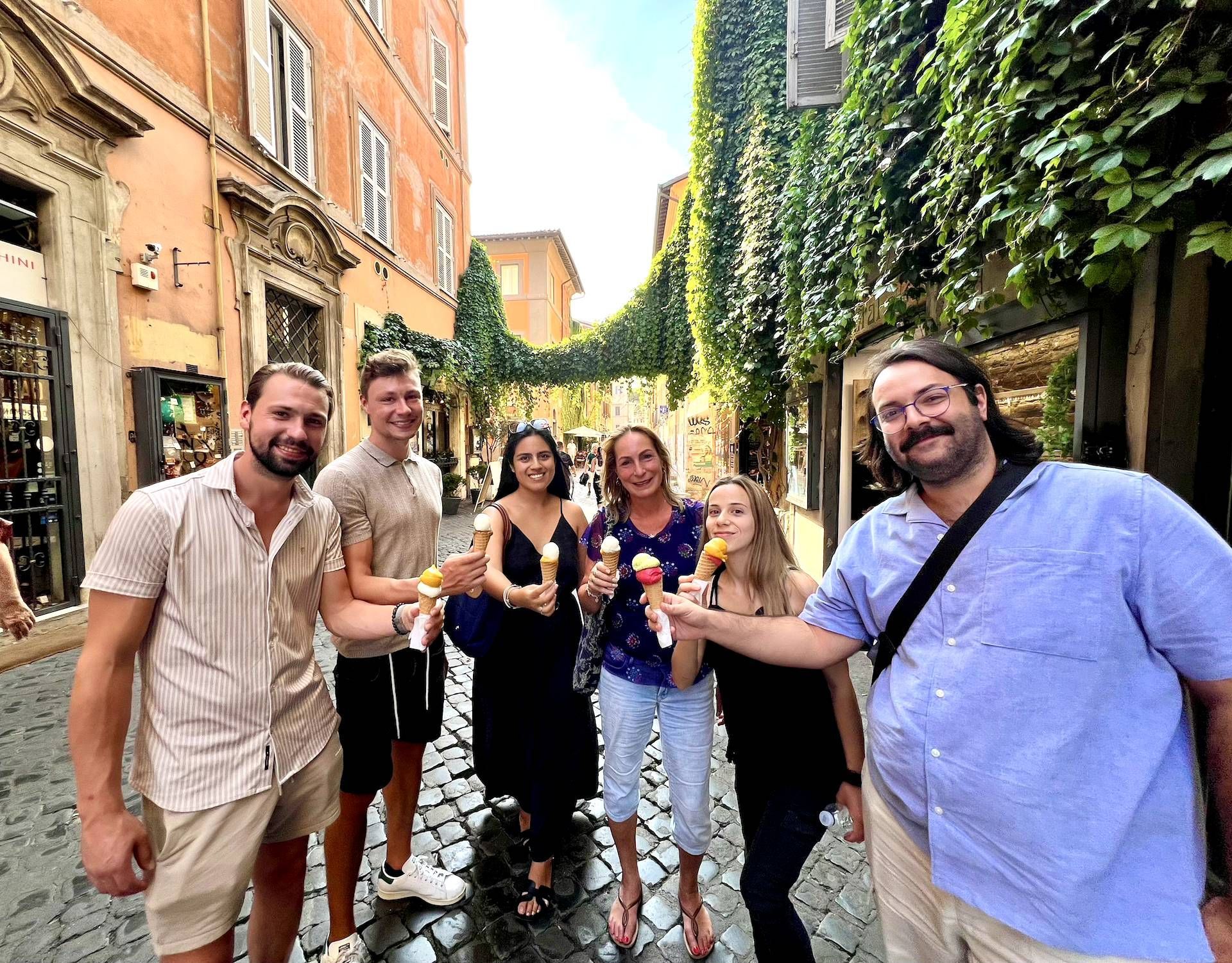Venice’s Bridges: Hidden Stories and Curious Names Behind the City’s 400 Crossings
Venice, the floating city, is often admired for its canals, gondolas, and romantic atmosphere. But what makes this city truly unique is its intricate network of over 400 bridges, each with a distinct name, story, or legend attached to it. Far from being just architectural necessities, Venice’s bridges reflect centuries of local history, folklore, politics, and love affairs.
Let’s explore some of the most curious and iconic bridges in Venice — and the stories that make them unforgettable.
Want to discover architectural wonders like the Bell Tower and Basilica? Join our Doge's Palace and St. Mark's Basilica Tour
A City Built on Water and Bridges
Unlike any other city in the world, Venice is constructed on 118 islands, connected by a web of bridges crossing more than 150 canals. Since its founding in the 5th century, bridges have played a crucial role — not only in transportation but also in shaping neighborhoods, rivalries, and traditions.
Most of Venice’s bridges are pedestrian-only, made of stone, wood, or iron, and many are centuries old. Their names often refer to trades, families, events, or even strange incidents that happened there.
The Famous: Bridges Everyone Knows
1. Ponte di Rialto (Rialto Bridge)
- Built: 1591
- Why it’s famous: Venice’s oldest and most iconic bridge, originally made of wood. It spans the Grand Canal and once hosted the city’s main market.
- Curiosity: During construction, people feared the stone arch would collapse. It didn’t — and it became a model of Renaissance engineering.
2. Ponte dei Sospiri (Bridge of Sighs)
- Built: 1600
- Why it’s famous: Connects the Doge’s Palace to the prisons. Legend says prisoners would sigh at their last view of Venice before imprisonment.
- Romantic myth: Today, couples kiss beneath it on a gondola ride for eternal love — though its real history is much darker.
The Curious: Strange Names and Local Legends
3. Ponte delle Tette (Bridge of Breasts)
- Location: San Polo district
- Backstory: Once located near Venice’s legal red-light district. Courtesans were encouraged to stand topless on balconies to entice clients — and promote heterosexuality during a time of concern over morality.
- Fun fact: The name was never changed — it’s printed on official maps!
4. Ponte dei Pugni (Bridge of Fists)
- Location: Near Campo San Barnaba
- Backstory: In the 1600s, rival Venetian factions (the Castellani and Nicolotti) used to settle disputes with public fistfights on bridges. Winners would throw opponents into the canal.
- Curiosity: The bridge still shows marble footprints that mark the fighting positions.
5. Ponte del Diavolo (Devil’s Bridge)
- Location: Torcello Island
- Legend: A young girl made a deal with the Devil to bring her dead lover back to life. The bridge was built overnight, and the Devil never claimed his reward — leaving the bridge forever cursed.
The Functional: Names from Daily Life
6. Ponte dei Pignoli (Bridge of the Pine Nuts)
Named after vendors who once sold roasted pine nuts nearby.
7. Ponte delle Guglie (Bridge of Spires)
Decorated with rare stone spires — one of the few such bridges in Venice.
8. Ponte del Formager (Cheesemonger’s Bridge)
Named after a cheese vendor with a stall nearby for generations.
9. Ponte dei Sartori (Tailors’ Bridge)
Linked to a guild of tailors in the area — a reflection of Venice’s trade-based identity.
How to Experience Venice’s Bridges Like a Local
- Slow down: Many tourists rush from one site to the next. Venetians enjoy wandering, taking in details like carvings and bridge steps.
- Look for plaques and engravings: Some bridges have old inscriptions that hint at their past.
- Join a walking tour: Specialized bridge tours dive deep into history and lesser-known locations.
- Explore at sunrise or night: That’s when the bridges are quiet and magical.
Conclusion: Bridges That Speak
In Venice, every bridge is a storyteller. Some whisper tales of love and betrayal, others echo with laughter, trade, and ancient rivalries. These crossings are more than stone paths — they are links to a past that continues to live and breathe through the city’s architecture.
So the next time you cross a bridge in Venice, pause — look around, look down, and maybe even look up.
You’re not just walking over water. You’re walking through centuries.

